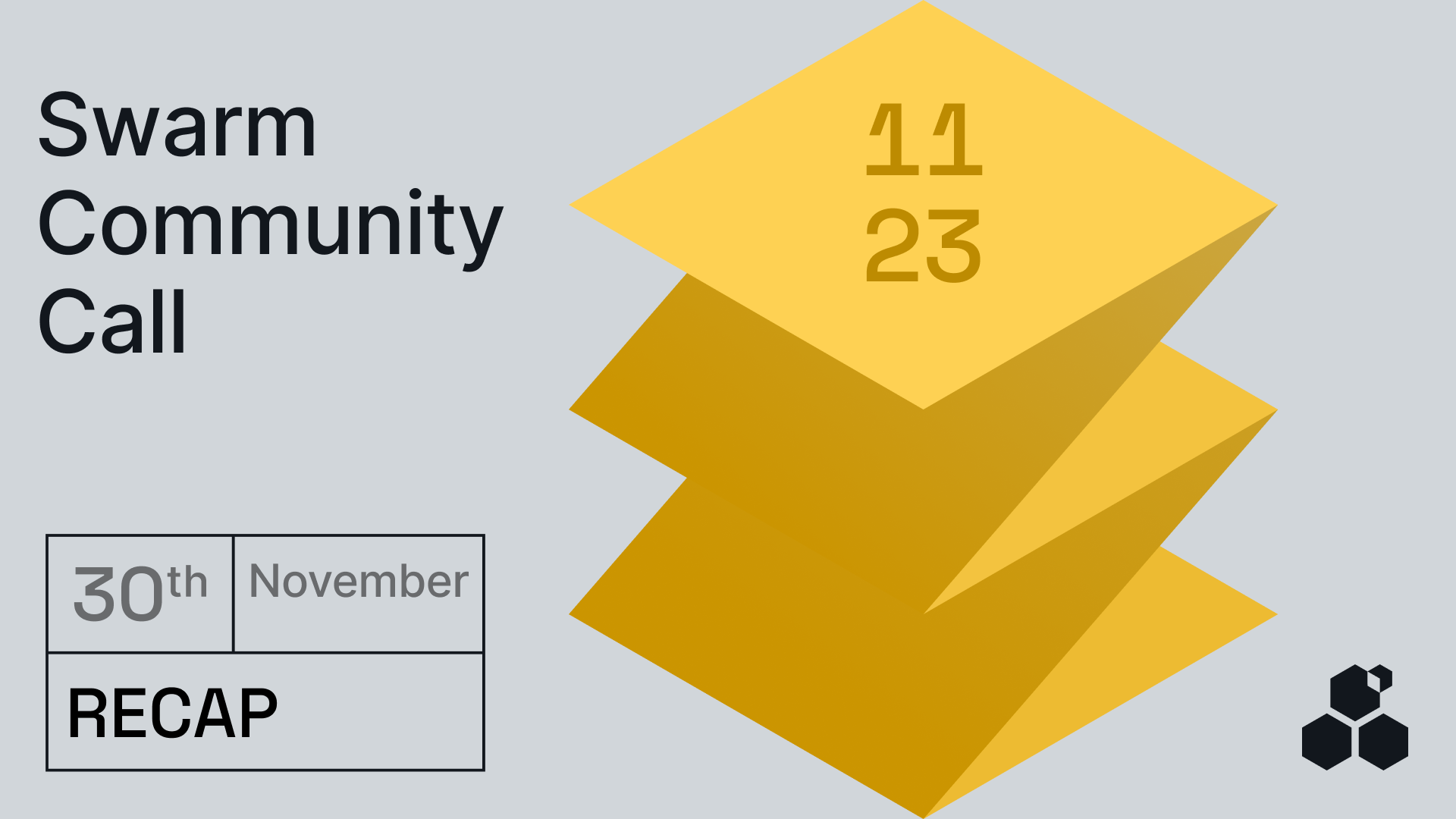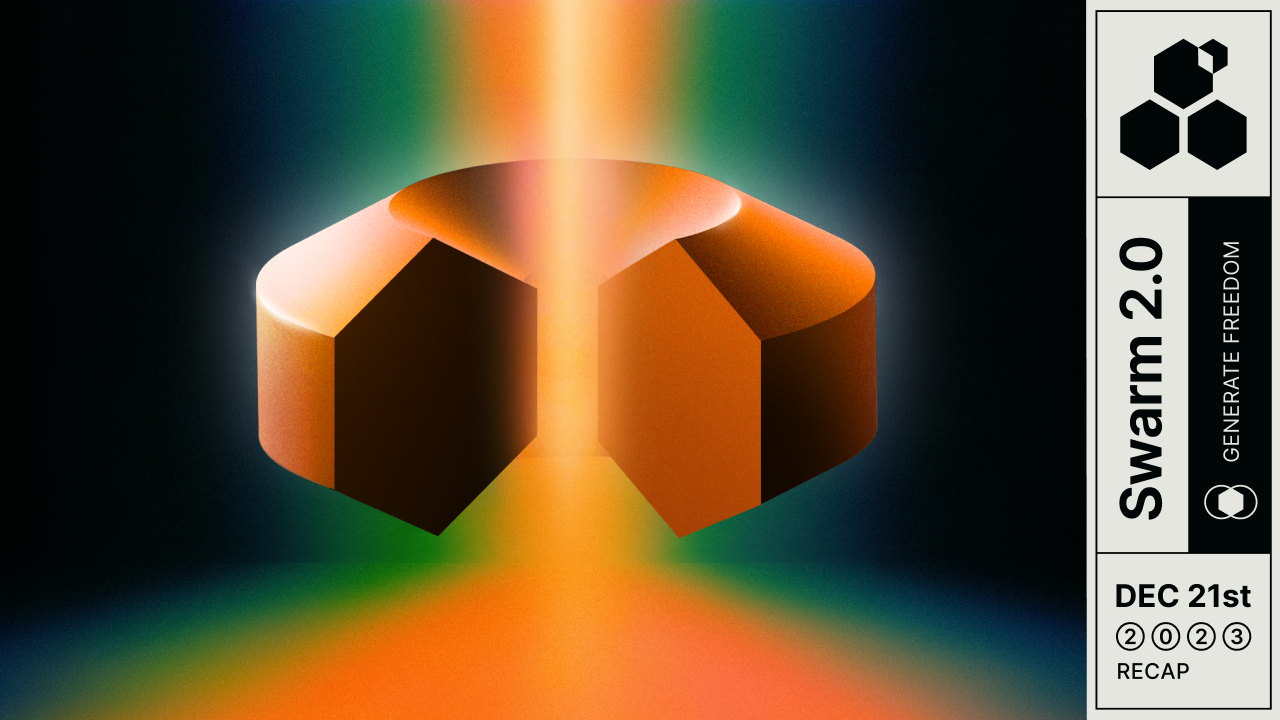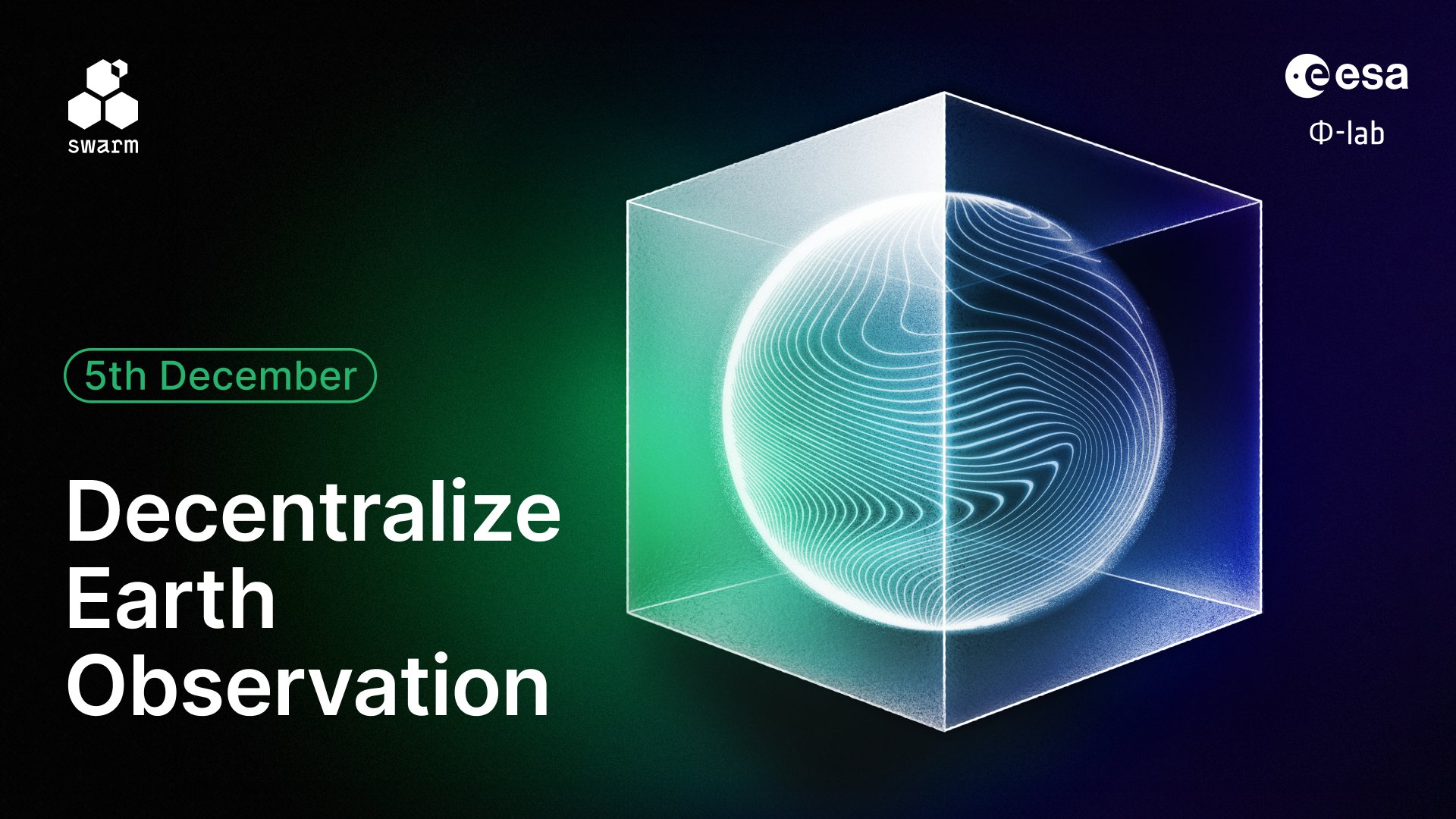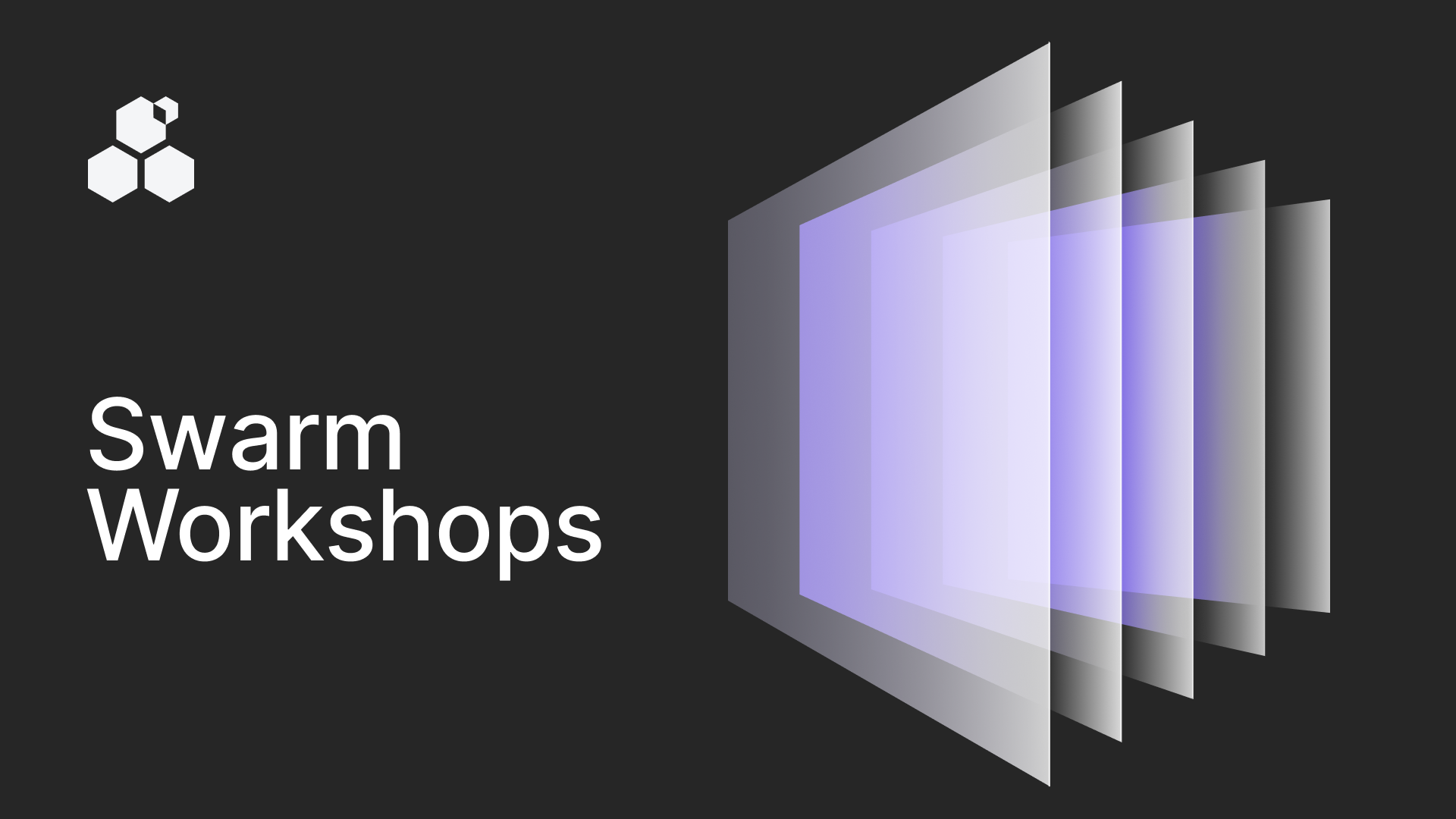Explosive growth of the network continues
The November Swarm Community Call came packed with great news. The network has grown to almost 20,000 nodes, showing an incredible influx over the last couple of months.
Bee Track has been working relentlessly on improving network observability, which will serve as the basis for improving network performance. Additionally, the team is increasing network resilience and fixing connectivity issues that came with the recent growth.
Towards Swarm 2.0!
The Price Oracle
The Research Track has achieved a major milestone – the Price Oracle is ready to be launched onto the mainnet. This will be one of the more important releases in Swarm’s recent history, wrapping up the key milestone in the storage incentives roadmap.
“We’ve been working on very, very difficult challenges and problems over and over again. And finally, we’re close to the end of development. We’re pleased to announce that most of our work should be finished for the release, potentially by early next week or the middle or end of next week,” Callum Toner from the Research Track announced.
Erasure coding
Simultaneously, the team is already also working on introducing erasure coding to the Swarm network.
“And that’s huge for the network … That will be Swarm 2.0! Feature complete, within the next 30 days,” Callum added with excitement.
Later in the programme, Gyuri Barabás led the audience to understanding why implementing erasure coding into the network is such a coveted goal, by providing a smile-cracking, non-apologetic deep dive into the system that introduces additional pieces of data into the network to allow for the successful reconstruction of potentially lost data.
Noah Maizels followed with a detailed overview of how stamp batches are utilised in Swarm.To make this not so instinctual process easier on you, the research team has compiled an effective utilisation table contrasting the theoretical maximum volume (theoretical amount of storage) and the practical volume of batches at various depths. This chart should help you when selecting the practical volume that aligns with your project’s needs.
Stimulating community engagement through SWIPs
As Swarm shifts towards feature completeness, the role of the community will shift significantly as well. It will become the core of Swarm’s future approach to development. “The community has always been very important to us. We want to liberate the existing proposals and results in a fitting way, by encouraging community engagement with our project,” Niki Papadatou laid out the plans. The goal is to make the Swarm community involved in submitting and evaluating developmental proposals.
As Niki succinctly put it: “When we keep on working on this aspect, we focus on the hardening phase, resilience of the network, and better observability. And most importantly, keeping the community as close as possible to us.”
Doctor Bee to help you monitor your node’s health
Ramesh Pallikara introduced his very useful tool called Doctor Bee, aimed foremost at all the newly joining node operators who are unsure whether they have successfully set up their node. Doctor Bee utilises various debug endpoints and provides valuable insights for monitoring and troubleshooting.
Exclusive events coming up in December
- 5 December: Decentralise Earth Observation! European Space Agency Phi-lab and Web3 technologies workshop
- 6 December: A workshop titled “Decentralise Your Blog: A Guide to Censorship-Resistant Blogging”. Learn how to publish blogs on Swarm that are resistant to censorship and control. No command line knowledge needed. Add to Calendar
- 13 December :A workshop “Hosting on Swarm: Setting Up a Private Swarm Gateway”. Learn how to set up a private Swarm gateway to enhance the security and performance of your decentralised applications (dApps), platforms or web pages. Add to Calendar
- 21 December: December’s Community Call will not be happening on Discord, as the Swarm Foundation is instead throwing its annual winter solstice event – join us for the launch of the Swarm 2.0 era! #GenerateFreedom Mark your calendar!
Discussions about Swarm can be found on Reddit.
All tech support and other channels have moved to Discord!
Please feel free to reach out via info@ethswarm.org
Join the newsletter! .




